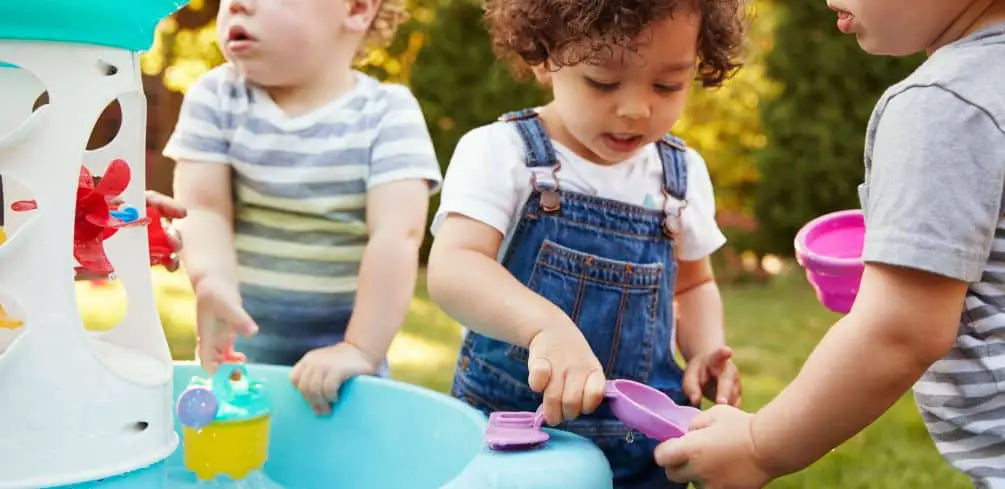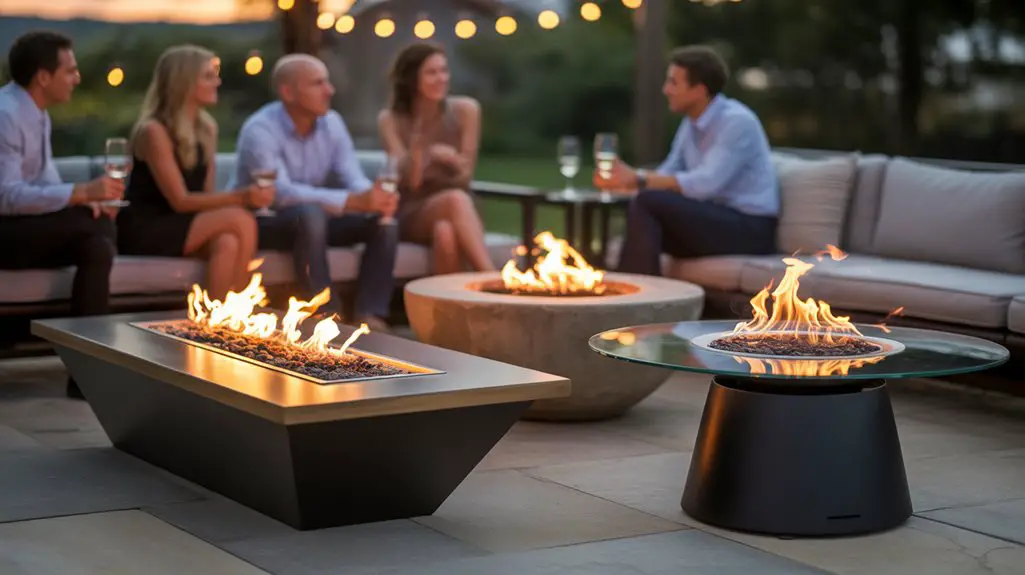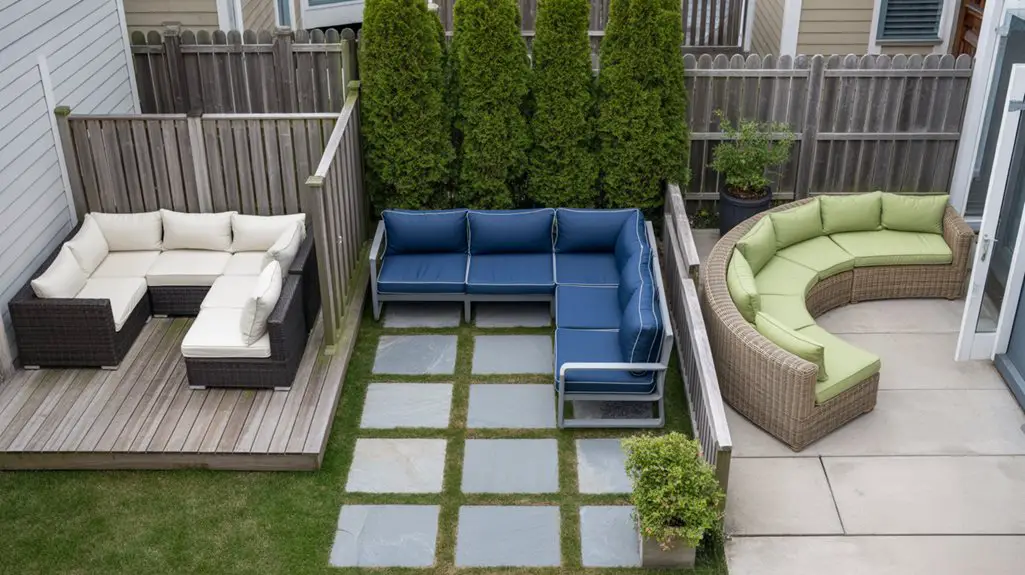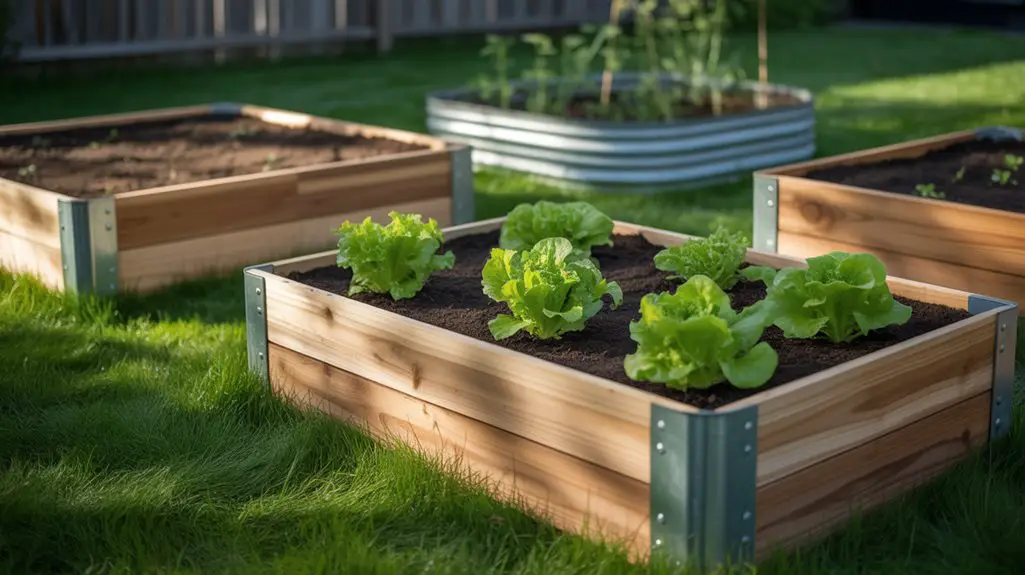Are you looking for an alternative to sand in your child’s sandbox? With concerns about the safety of traditional sand, parents are turning to alternative options that provide the same benefits without sacrificing safety.
I’m here to help – from wood chips and bark mulch to natural stones and rubber mulch. There is a wide range of alternatives to traditional sand that can provide hours of entertainment for your little ones.
In this article, I will discuss some of the best sandbox and sand alternatives available on the market today. I’ll touch on the pros and cons of each option and also share some tips on how to ensure your child’s sandbox remains safe and enjoyable.
Whether you’re looking for something that requires minimal maintenance or something more durable, there is a sandbox alternative out there that will meet your needs. So if you’re ready to find out what those alternatives are, let’s get started!
Sandbox Substitutes
Who needs a sandbox when you can have so much more fun with a variety of other options? Have your kids ever thought about playing in a water tray, plastic bin, cardboard box, fabric tub, or wooden crate?
Well, now they can! What better way to make playtime safe and enjoyable for everyone than by providing the best alternatives for sandboxes?
First up is water trays! This is the perfect solution to keep your children cool on hot summer days. Your kids will love splashing around in this giant puddle. It’s also an ideal way to teach them about different sea animals and aquatic life.
The next great alternative is plastic bins. These are lightweight and portable, so you can bring them anywhere you go.
They are also incredibly durable, making them perfect for all kinds of outdoor activities, such as picnics and camping trips. Plus, they come in many bright colors that will make any child smile in delight.
Finally, there are cardboard boxes, fabric tubs, and wooden crates – all great substitutes for sandboxes! Cardboard boxes are easily customizable and can be used to create anything from castle towers to pirate ships.
Fabric tubs are collapsible and come in many different sizes so that you can find the perfect one for your little ones. Wooden crates add an old-fashioned charm to any play area and provide sturdy surfaces for building castles or other imaginative projects.
Benefits Of Using Alternatives for a Sandbox
There are many benefits to using sandbox alternatives for sand.
First, they provide a safe and fun playground for children to explore. With these alternatives, kids can engage in sensory stimulation that stimulates their creativity and imagination. Additionally, these alternatives usually cost less than traditional sandboxes or even sandpit toys.
Here are four ways that sandbox alternatives can help your child develop:
- They provide open-ended play opportunities which allow children to use their own creative thinking skills.
- They offer a safe environment where kids can get sensory stimulation without any danger of mess or injury.
- Alternatives often require little maintenance, which helps save time and money in the long run.
- Sandbox alternatives also encourage physical activity as well as mental development by allowing kids to explore and discover new things on their own terms.
In summary, sandbox alternatives can be an excellent way to give your child a safe and stimulating environment without breaking the bank. Plus, these alternatives offer plenty of opportunities for imaginative play, which is essential for young minds to thrive!
Sand Substitutes
Make a suitable substitute for sand; several materials can be used. Playground mulch is a great choice as it provides cushioning for falls and is cost-effective.
It is also non-toxic and easy to clean up. Rubber chips are another option, as they provide good traction and cushioning when wet. Wood chips are more affordable than rubber chips but can be slippery when wet and don’t provide the same level of cushioning.
Water beads are a unique alternative to sand, as they absorb water and become quite squishy to the touch. They’re also relatively low maintenance and don’t need to be replaced often.
Fabric scraps can also be used as a substitute for sand, but they don’t provide much cushioning or traction when wet. They may still be useful depending on the intended use of the sandbox area, though.
All in all, there are plenty of materials that can be used in place of sand when building a sandbox area; the right option will depend on your individual needs and preferences.
Let’s Recap the above:
• Playground mulch – provides cushioning for falls, cost-effective, non-toxic, easy to clean
• Rubber chips – good traction, cushioning when wet
• Wood chips – more affordable, can be slippery when wet
• Water beads – absorb water, become squishy, low maintenance
• Fabric scraps – provide little cushioning or traction when wet
DIY Instructions For Making A Sandbox Alternative
Did you know that over 60 percent of parents worry about their children’s safety when they are playing in the sandbox? This statistic is understandable, as sandboxes can be a breeding ground for bacteria and germs. With this in mind, it might be beneficial to explore some DIY instructions for making a sandbox alternative.
When building instructions for making a sandbox alternative, one should consider the materials used. Items such as shredded paper, pine bark mulch, or even pea gravel can provide a safe play area.
These items create an inviting atmosphere while still providing the tactile experience that kids crave when playing outdoors. Plus, these materials tend to be more hygienic than sand, which helps to reduce the spread of illness and disease.
Moreover, many of these materials are relatively inexpensive and easy to find. Plus, any residue left behind can easily be vacuumed up after your child has finished playing. Finally, these materials are easy to clean off with a hose and some soap if needed so that your child can continue to enjoy them safely.
By using alternative materials such as shredded paper, pine bark mulch, or pea gravel for building instructions for making a sandbox substitute instead of sand, parents can provide their children with a safe environment to explore without having to worry about potential health risks associated with traditional sandboxes.
Safety Considerations
When searching for alternatives to sandboxes, safety should be your number one priority. You’ll want to make sure that whatever option you choose is free of any potential safety hazards and hazardous materials that could harm your children. It’s also essential to consider fall prevention, as well as the ease of childproofing the area.
First and foremost, you should look for options that are safe for your kids to play in. This means researching any materials used and being aware of any potential dangers. For instance, rubber playground tiles may be a great choice, but if they contain products like lead or asbestos, it’s best to avoid them.
Similarly, if you’re going with something like turf grass, you might want to consider how easy it will be to keep clean and free of allergens or other irritants.
Finally, it’s essential to think about childproofing the space. If you want your children to play safely in the area without risking injury from falls or sharp edges, then you need to take steps like installing guardrails or padding on hard surfaces like concrete or wood decks.
Furthermore, check that all equipment is in good condition with no loose parts that could become choking hazards. By taking these simple precautions now, you can ensure a safe and fun play environment for your family!
Conclusion
Sandboxes are indeed a great way to let children play and explore, but other alternatives can offer just as much fun. Whether you choose to buy a sandbox alternative or make one yourself, it can be an easy and cost-effective way to provide hours of fun for your kids.
One of the biggest benefits of substituting sand is that you don’t have to worry about messes or pests in the same way. You can create a safe environment for your kids, free from potential health risks, and avoid having to clean up after them every time they’re done playing.
Plus, you can get creative with the materials you use and come up with something unique that your kids will love.
Finally, safety should always be a priority when creating any type of outdoor play area. Make sure the materials used are appropriate for children’s ages, avoid sharp edges and pieces, and keep an eye on your little ones while they’re playing.
With these precautions in mind, there’s no reason why sandbox alternatives can’t be just as much fun as traditional sandboxes!
Please be careful and use at your own risk
None of the authors, contributors, administrators, or anyone else connected with BestPlaygroundSets, in any way whatsoever, can be responsible for your use of the information contained in or linked from these web pages.




